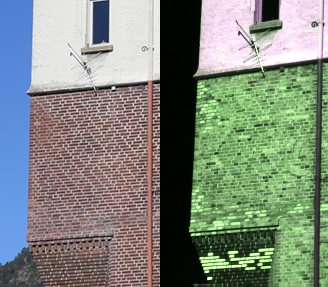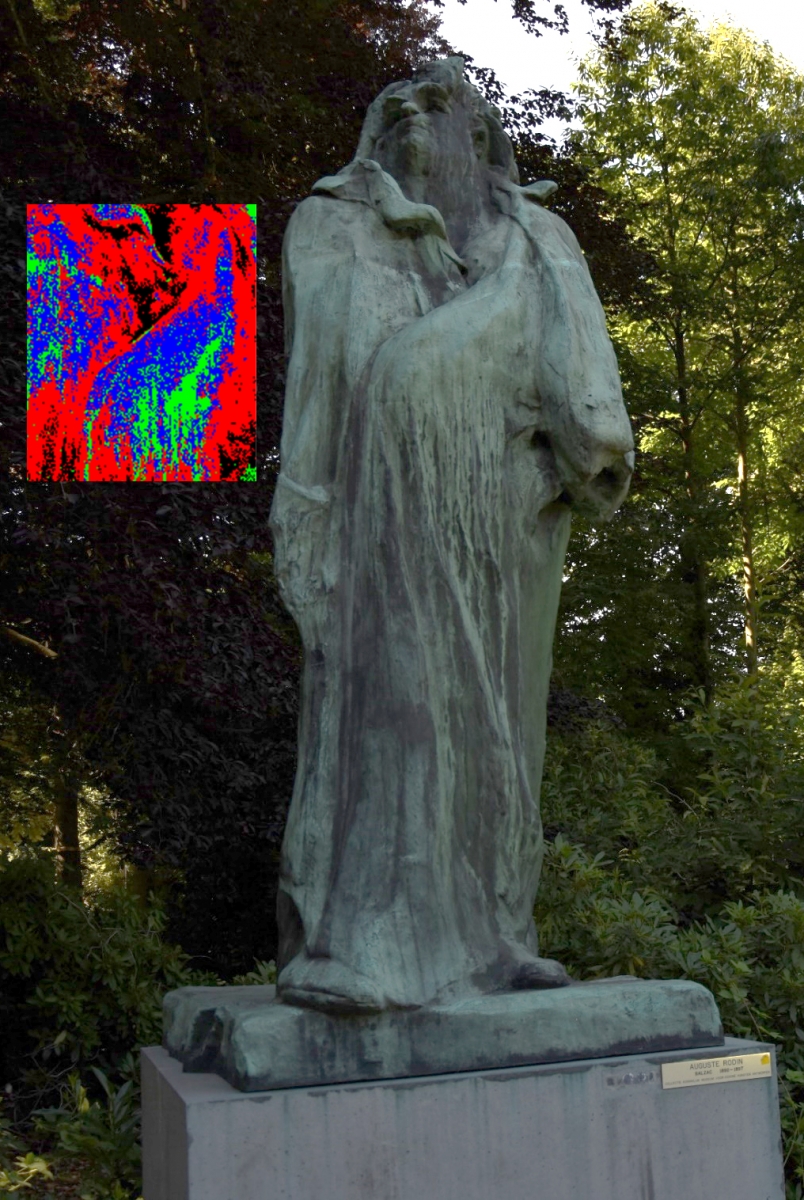Published on 12 April 2021
Human vision and traditional RGB cameras observe materials by capturing light reflected from them in three broad bands of the visible electromagnetic spectrum (400-700 nm): red, green and blue.
Hyperspectral cameras, on the other hand, subdivide the reflected light into a very large number of much narrower, often contiguous, spectral bands, and in addition, they extend the spectral range to include the near infrared (NIR, 700-1000 nm) and short wave infrared (SWIR, 1000-2500 nm). Each pixel in a hyperspectral image therefore contains information collected in a multitude of spectral channels spread over the entire visible and infrared spectrum.

A hyperspectral image is a three-dimensional matrix (called a hyperspectral data cube). In addition to the 2 spatial dimensions, there is a spectral dimension consisting of a stack of the same scene seen at many adjacent wavelengths. Source: ESA
This very high spectral resolution facilitates the differentiation of image features based on the different response in each of the spectral bands. However, this requires 'demixing' the signal, i.e. breaking down each pixel into its constituent spectra, defining their abundances and any additional components such as geometric or atmospheric information.
The STEREO III project Geomix set out to develop a robust and flexible 'unmixing' methodology that would allow for the integration of many parameters not available in the algorithms currently used.

Application to mineral exploration: soil sample from drill core and map of minerals present.
To this end, they examined various minerals and material mixtures with hyperspectral cameras. The different constituents of materials have particular reflectance properties in the NIR and SWIR. The composition of a material can therefore be revealed by hyperspectral sensors by viewing its spectral reflectance as a (very complex) mixture of the spectra of the individual material components.
The research team has managed to unravel this composition by developing state-of-the-art quantitative analysis techniques. As part of the project, they were able to quantify the composition of building material powder mixtures and measure mineral concentrations in drill core samples, simply by 'looking' at them via a hyperspectral camera.
 |
 |
Applications for cultural heritage monitoring: historic buildings (left) and corrosion of bronze statues (right).
In addition to the advances it brings to remote sensing researchers (particularly in geology, vegetation monitoring, etc.), this research opens the door to numerous applications for rapid, inexpensive and non-destructive tests and for the characterisation of materials.
More information
Stereo III project GEOMIX (Geometry in the mix: Geometric methods for non-linear spectral unmixing)